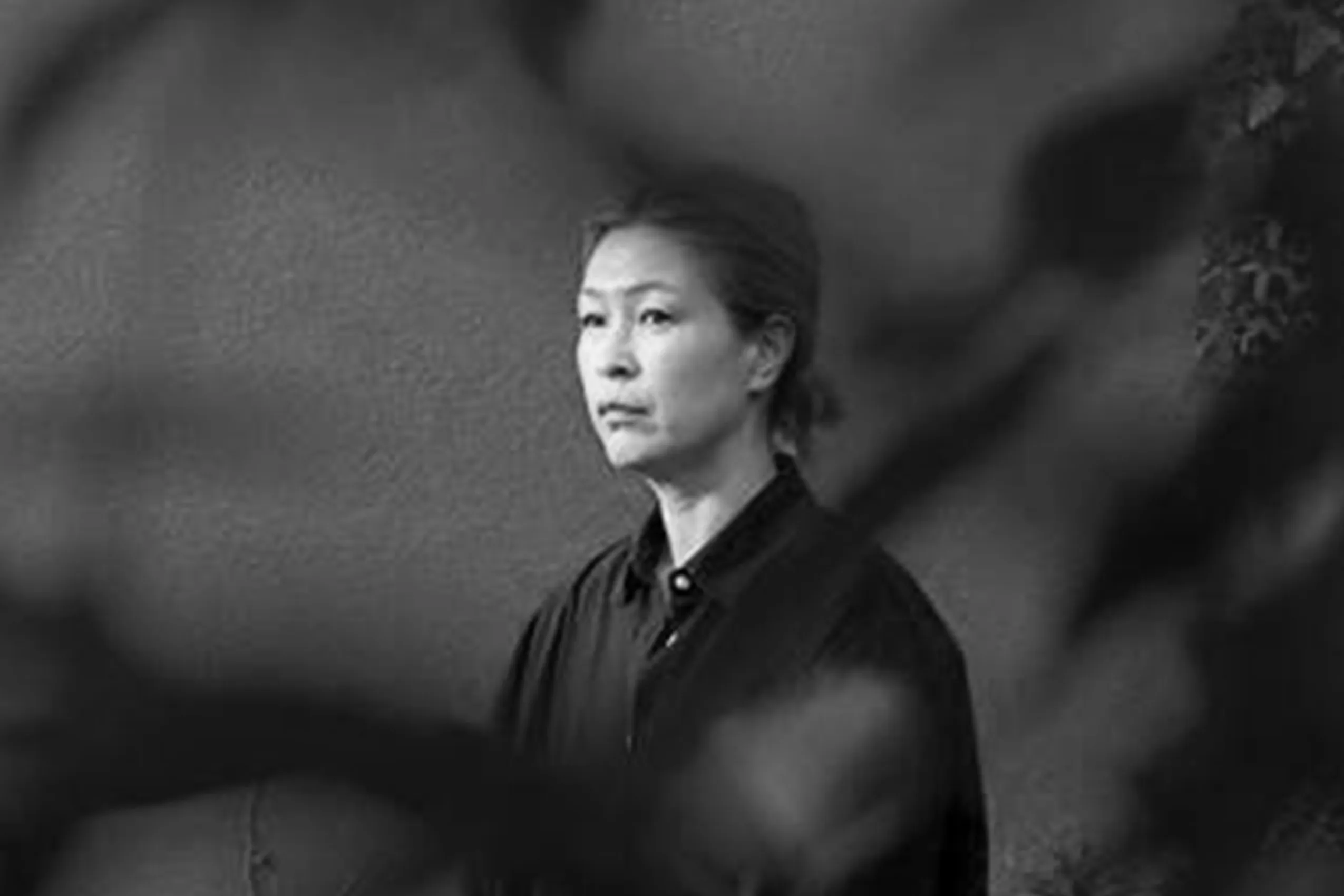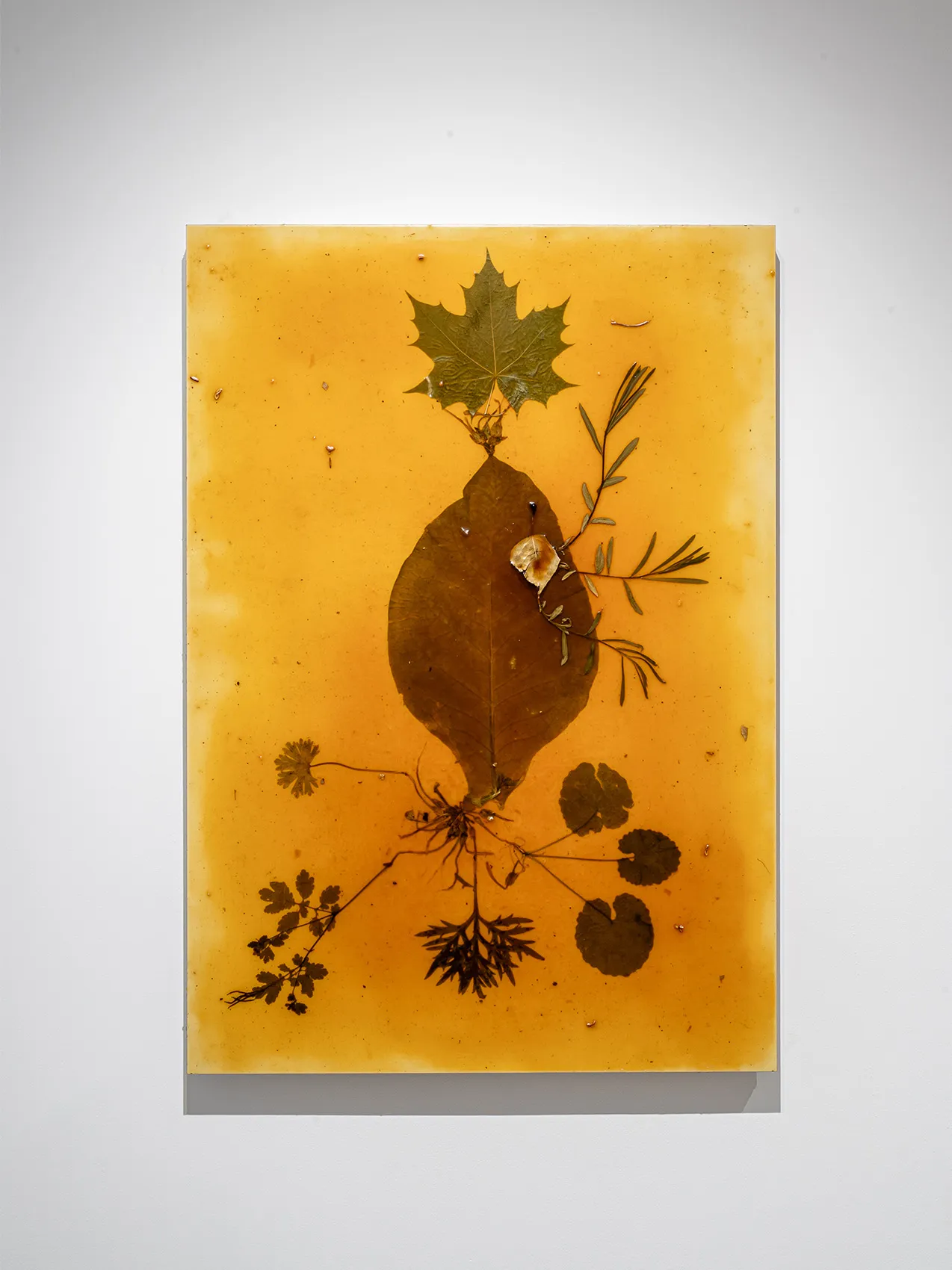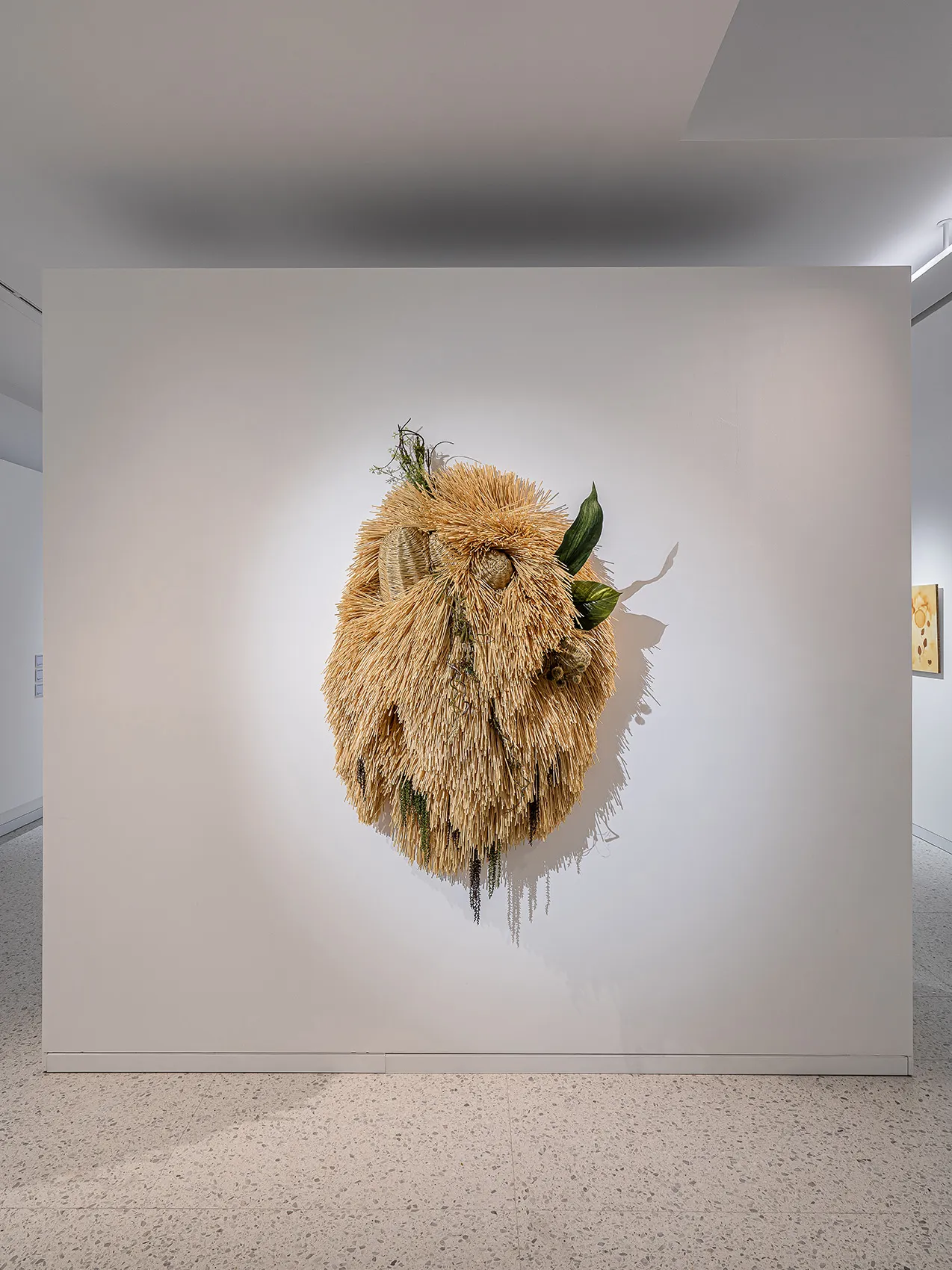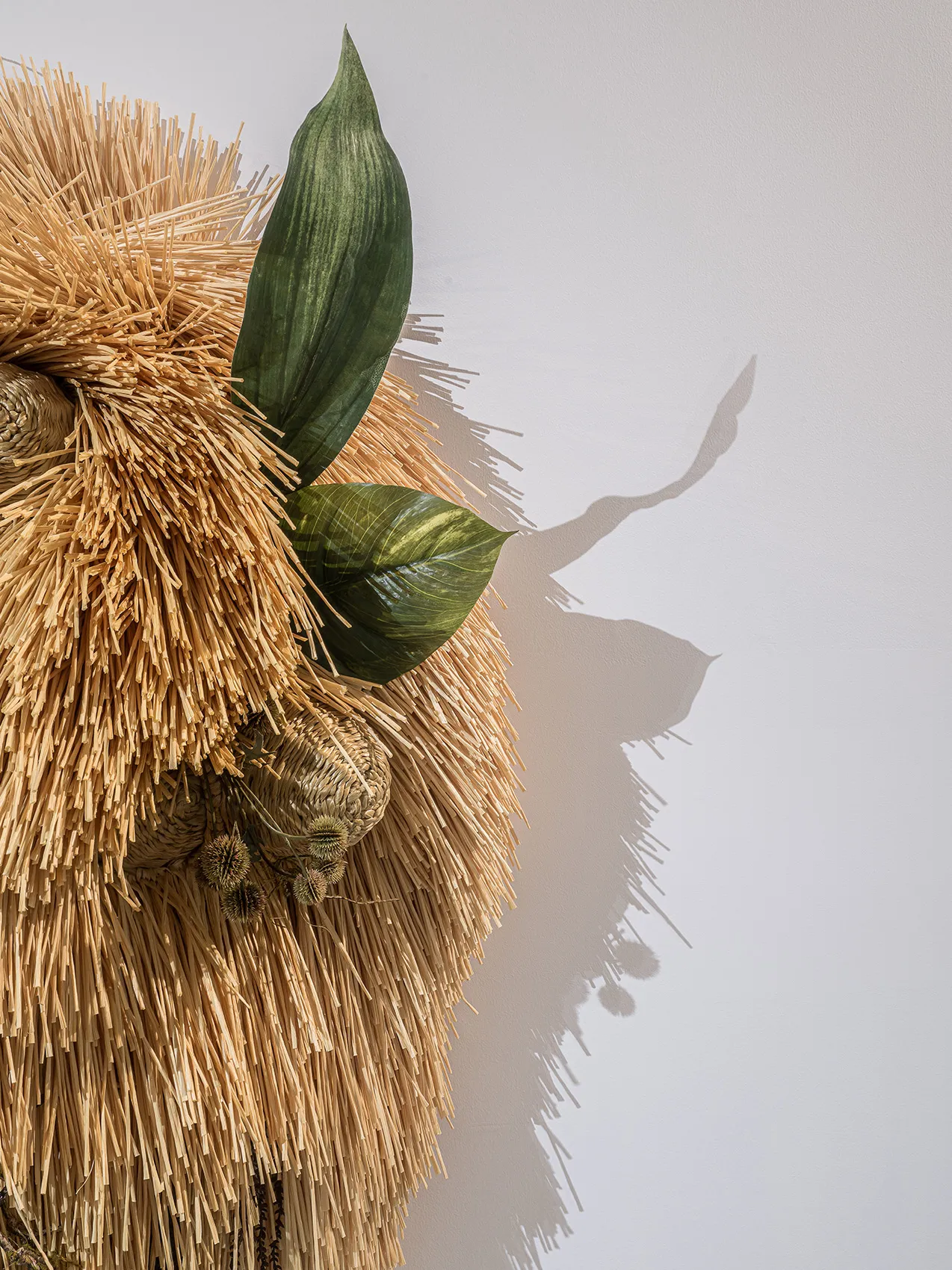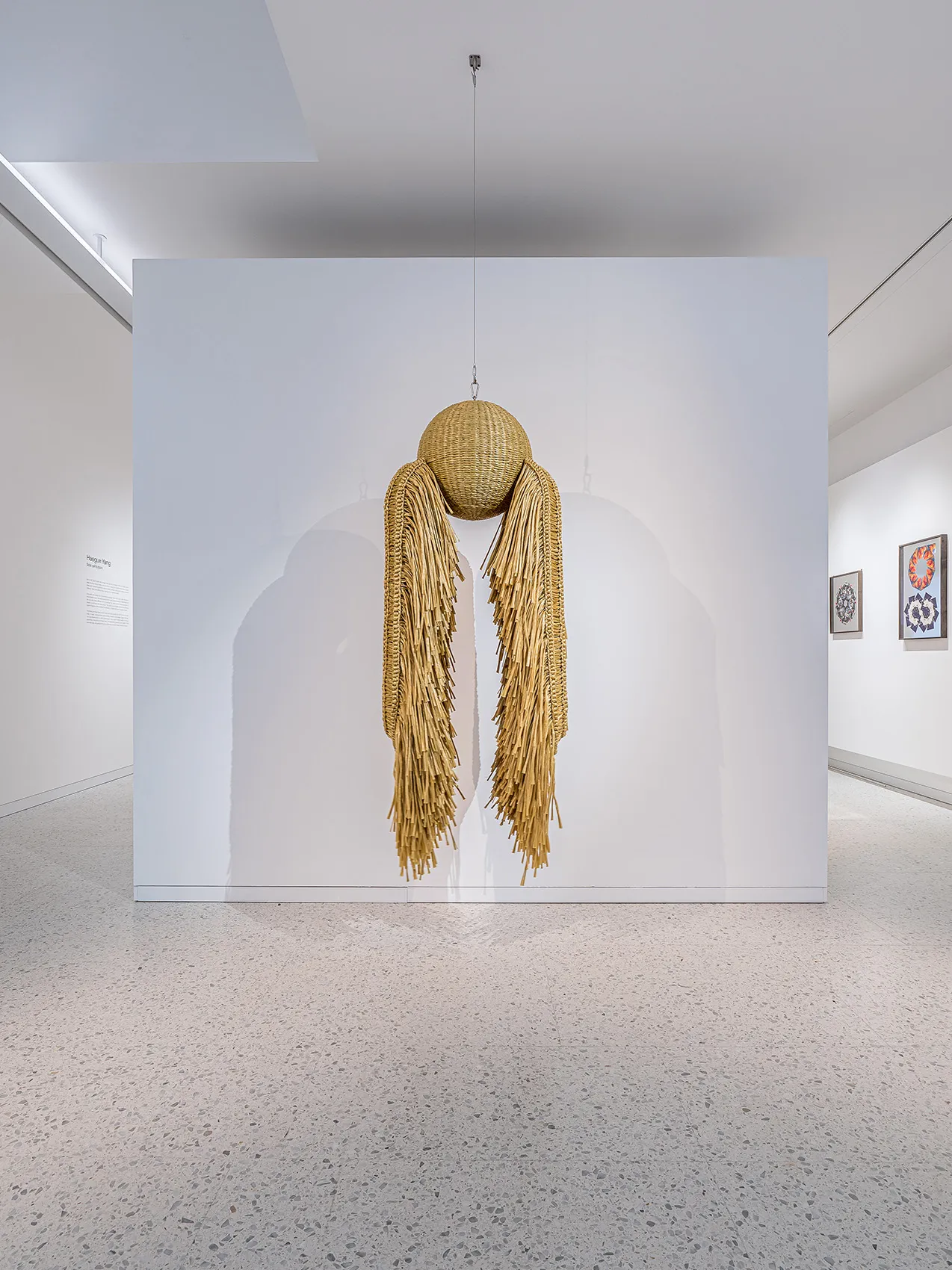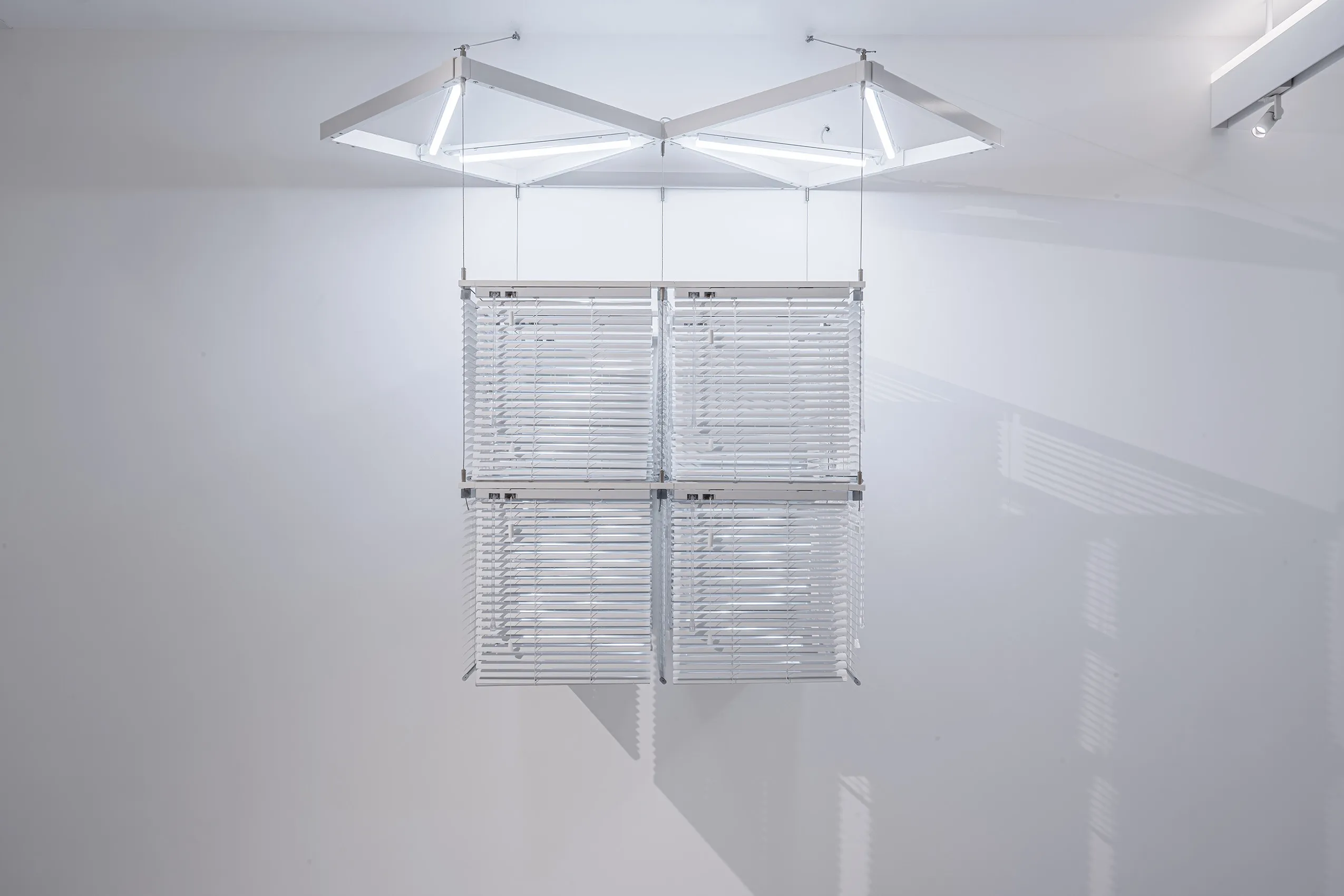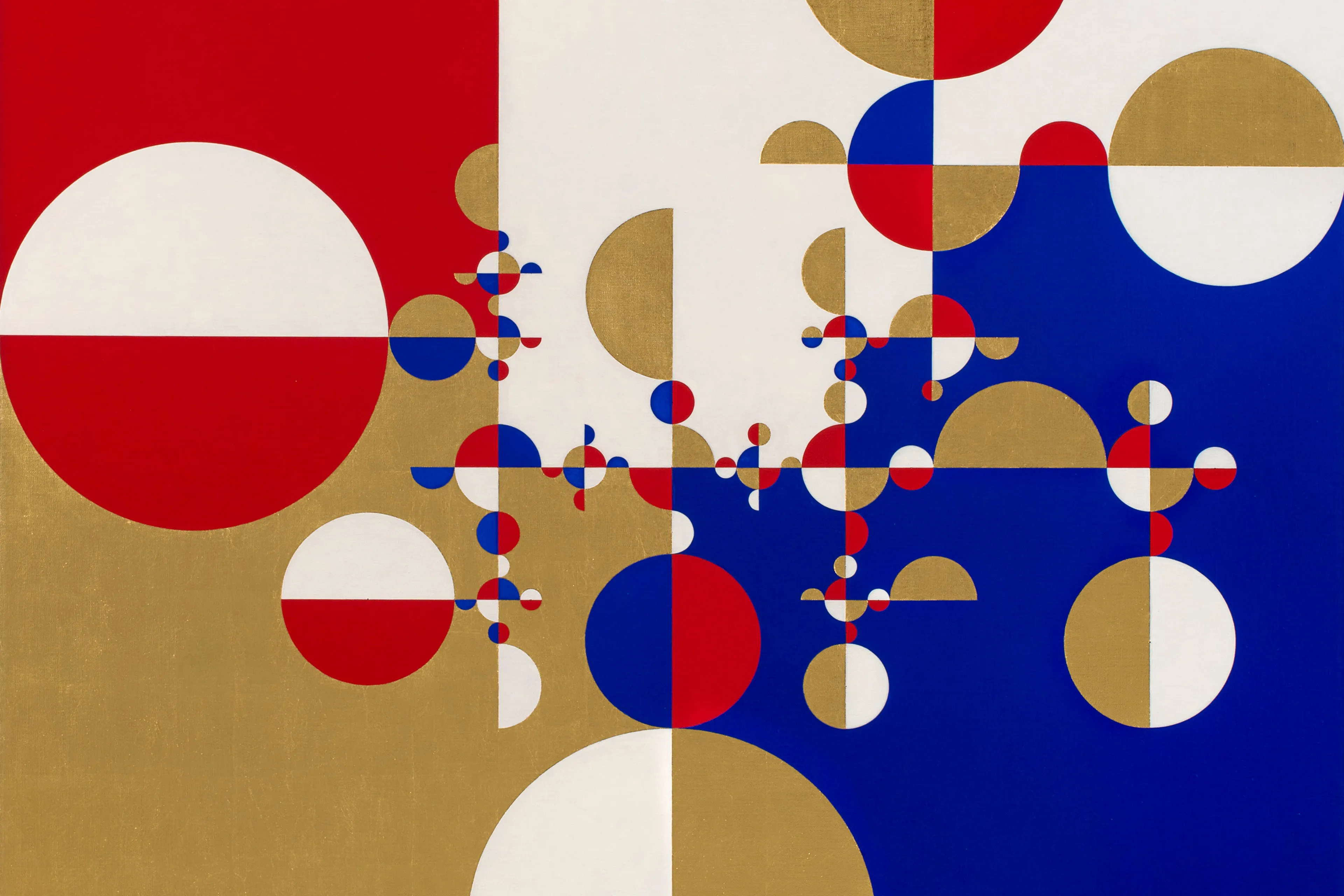
HAEGUE YANG
Locations
WINSING ART PLACE
"Most of the referential stories I'm interested in have something to do with my own experiences and perception." — Haegue Yang
As an artist who spends most of her time living abroad, Yang's works touch upon immigration and emigration issues. She draws inspiration from various cultures, combines different elements into one, and creates different forms of sculptures. Her works seek to communicate with the viewer in a primitive and visual manner. The unique visual language explores the emotional power of materials, while narrating the coexistence of reality and fiction in an abstract way.
The Winsing Art Place exhibits Yang's main works created since 2014, her first solo exhibition in Taiwan, showcasing her pieces including Hardware Store Collage, Lacquer Paintings, The Intermediation and Sol LeWitt Upside Down. Hardware Store Collage is an important turning point in the artist's life. When Yang arrived in Germany in 1994, she only spoke basic German. The product catalogue of hardware stores became an important vocabulary source. It also describes her non-verbal communication and language barriers. Lacquer Paintings has been created since 1994. On the theme of time, she used common plant specimens, such as tobacco leaves and decorative plants, and let varnish slowly dry to capture the dirt, dust, raindrops and insects existing in the original materials as the time traces of specific events.
Regarding “The Intermediation,” she created independent sculptures by referring to the actual architectural structure. These pieces are often decorated with Asian folk articles, such as a Korean bride's headdresses and bells hanging in shamanic rituals. The key material is straw, a familiar and original material, but Yang used artificial plastics to eliminate a desire for the primitive past. This series of works evokes an intermediate state between the real and the man-made, between civilization and nature, and between the physical and spiritual realms.
Her most well-known work is Sol LeWitt Upside Down, in which the shutters are repeatedly folded, stacked and suspended from the ceiling, and viewers are invited to go through or around the work to experience the game between light and shadow. The louvers themselves also have the dual functions of channel and blockage while conveying the possibility and opaque state of the work in the space. The louvers turn the basic elements of painting: point, line and surface three-dimensional, so that the viewer becomes an indispensable intermediary value. They intervene in space to experience daily items, transcend functionality, and create new potential of space.
